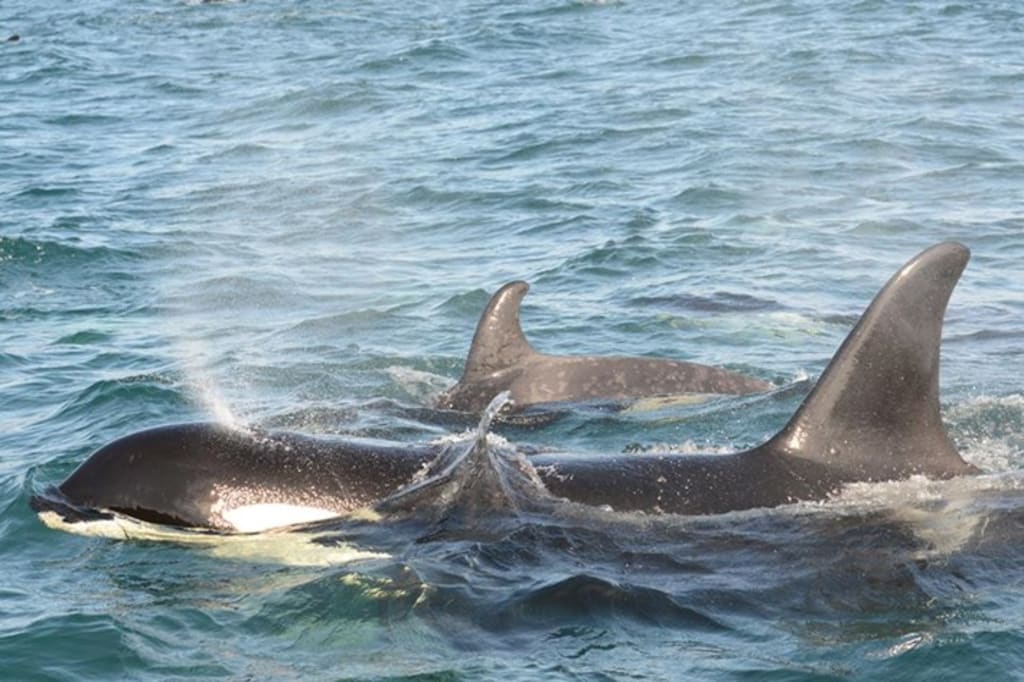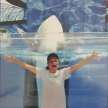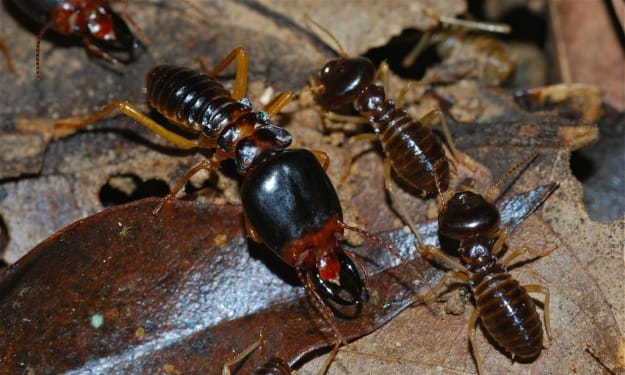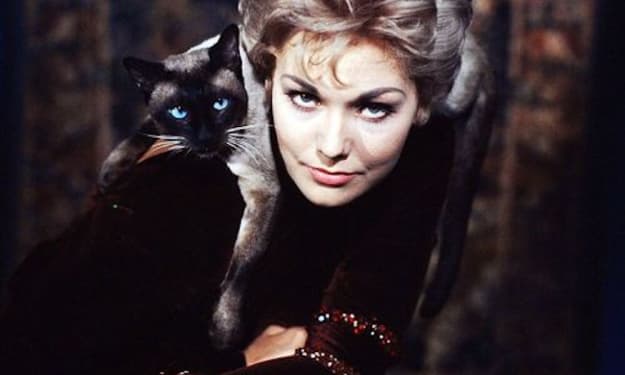Springer: Conservation’s Greatest Rescue Achievement
In 2002, scientists, veterinarians, and animal care specialists from the Vancouver Aquarium teamed up with government officials, concerned citizens, and other zoological professionals from across the zoo community in a first of its kind effort to rescue, rehabilitate, and release a juvenile orca who fell ill after losing her mother. Seventeen years later, this whale is now the mother of two calves.

On Thursday, marine mammal researchers based at the Vancouver Aquarium announced a naming “contest” for a calf who was born to a very well known to both scientists and animal lovers alike by asking the public for ideas on what to name him. The calf, who is known as A116, is the second calf born to a Northern Resident orca named Springer, also known as A73. You see, this little internet-based event is very important to whale researchers in Canada because Springer’s own story is regarded as a great conservation achievement that many thought at the time, was considered to be impossible to pull off. However, with a little help from Vancouver Aquarium’s animal rescue team, Springer’s rescue would go on to become the first of its kind in history.
Springer’s Story
Born to Sutlej, also known as A45, in 1999, Springer was born into A24 matriline, which was part of British Columbia’s Northern Resident orca population. This resident orca population, just like their southern counterparts off the coast of Washington State, live in tight-knit, and complex matriarchal societies where both males and females remain with their birth pods for life, even long after they have their own calves. These bonds between mothers, siblings, sons, daughters, grandmothers, cousins, aunts, and uncles almost always remain strong even long after the matriarch passes away. For example, Sutlej was born to an orca matriarch named Kelsey, the namesake to this particular pod.
For the next eleven months, Springer and her mother were often sighted together along with the rest of their family pod until September 2000. For nearly a year, it was assumed that both Springer and her mother both died until an August 2001 sighting of an orca named G50 confirmed that Springer had in fact survived, but not Sutlej. Then, in January 2002, Springer was sighted by herself off Washington State’s Vashon Island. There, veterinarians and researchers from the Vancouver Aquarium paid Springer a visit in order to assess her health. Eventually, they would determine that she was suffering from malnutrition, skin parasites, and ketosis. In response, a rescue plan was proposed to the United States National Marine Fisheries Service and by the spring of that year, a decision was made to capture Springer in hopes to rehabilitate her until she was healthy enough to be released back into the wild.
In June 2002, Springer was captured and moved to a sea pen near Seattle for the purpose of being rehabilitation. This capture would be covered by both television and news outlets around the world. By July, Springer’s health began to show signs of improvement when she began to gain weight and respond to all necessary treatment before she was eventually moved to Dong Chong Bay, near Johnson Straight. From there, the Vancouver Aquarium’s animal care staff would take over the rehabilitation efforts. Then, on July 13th, 2002, after being given a clean bill of health, Springer was finally released when members of her birth pod passed by Dong Chong Bay. Although she was not accepted by her pod right away, she did spend the next few days following her pod by at least a mile, or so. She was then eventually adopted by her aunt Nodales, also known as A51. Over the next ten years, Springer would be sighted with Nodales, as well as with members of the A11 matriline and to the researchers who were monitoring her, it was a good sign that she was interacting with other animals and having to have been well integrated into the community.
Then, in 2013, Vancouver Aquarium’s killer whale research team announced that Springer had her first calf, who was first seen on July 4th. The calf, who was later named Spirit, also known as A104, appeared to be in good health. Four years later, she had her second calf, who is known as A116, who was first sighted on June 5th, 2017.
Why is this such a big deal?
The birth of Springer’s two calves is a testimony to Vancouver Aquarium’s efforts to continue their mission to rescue and rehabilitate all sick, injured, and orphaned marine mammals in the Pacific Northwest with every intention to one day, release them back into the wild when they make a full recovery. However, thanks to a pending ban on the keeping of cetaceans at Canadian zoological facilities, whether or not Vancouver Aquarium can continue saving troubled marine wildlife, including cetaceans remains uncertain. If the bill were to be signed by Canada’s governor general, Vancouver might not be able to rescue or rehabilitate any more cetaceans.
Given the condition she was in when she was first rescued, the births are also reminders to whale researchers that Springer continues to remain healthy and that her reintroduction continues to be regarded as a success. Her story continues to provide hope and encouragement for any zoo or aquarium to team up with government officials for future rescue and rehabilitation attempts. It also demonstrates how powerful collaboration and determination can be when it comes to saving troubled wildlife.
After all, her rescue and rehabilitation was a joint effort between the Vancouver Aquarium, scientists, zoo professionals, advocacy groups, veterinarians, and government agencies from two different North American nations.
How to Support the Vancouver Aquarium’s Wild Orca Research Project
- Vote for your favorite name for A116 at Ocean.org’s page for the voting poll.
- Adopt either a Northern Resident or Transient Orca through Vancouver Aquarium’s Wild Killer Whale Adoption Program.
About the Creator
Jenna Deedy
Zoo and Aquarium Professional, Educator, Cosplayer, Writer and B.A. in Psychology whose got a lot to share when it comes to animals, zoos, aquariums, conservation, and more.
Instagram: @jennacostadeedy






Comments
There are no comments for this story
Be the first to respond and start the conversation.